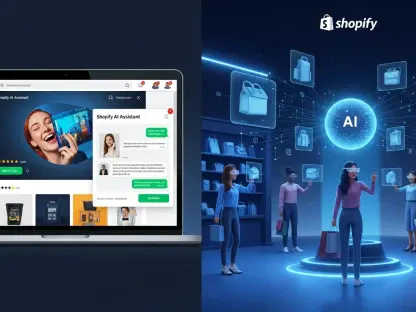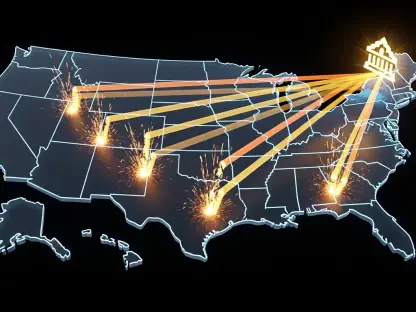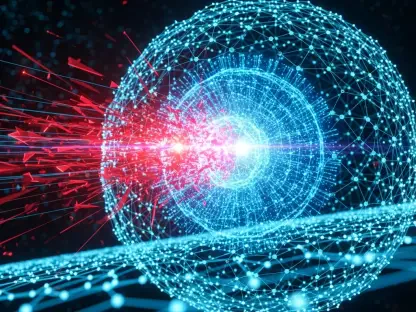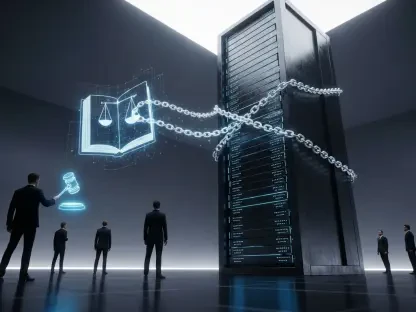I’m thrilled to sit down with Laurent Giraid, a renowned technologist whose expertise in Artificial Intelligence has made significant waves in the cybersecurity realm. With a deep focus on machine learning, natural language processing, and the ethical implications of AI, Laurent brings a unique perspective to the integration of AI in Security Operations Centers (SOCs) and the evolving role of Chief Information Security Officers (CISOs). In our conversation, we dive into the transformative potential of AI in cybersecurity, the organizational and technological barriers that hinder its adoption, the strategic shifts required for CISOs, and the real-world challenges of balancing innovation with readiness. Join us as we explore how AI is reshaping the fight against cyber threats and what it takes to stay ahead in this fast-paced landscape.
How do you see the role of a CISO changing in the current cybersecurity environment?
The role of a CISO has undergone a profound shift in recent years. It’s no longer just about locking down systems and saying ‘no’ to risks. Today, CISOs are expected to be strategic business enablers, aligning security initiatives with organizational goals. I’ve noticed that boards and executives now look to CISOs not only for protection but also for ways to drive growth—whether that’s through enabling secure digital transformation or leveraging technologies like AI to improve efficiency. This means CISOs must understand the business as deeply as they understand security, acting as a bridge between technical teams and leadership.
What specific challenges have you encountered with legacy systems or processes when integrating AI into SOCs?
Legacy systems are often the biggest roadblock. Many organizations still rely on outdated infrastructure that wasn’t built to handle the speed or scale of AI-driven operations. In my experience, these systems create silos of data that are nearly impossible to integrate with modern AI tools. I’ve seen teams struggle to pull actionable insights because their old tools can’t communicate with newer platforms. It’s like trying to run a race with one foot stuck in quicksand—frustrating and inefficient. Overcoming this often requires a complete rethink of architecture, which isn’t easy or quick.
Why is organizational readiness such a critical factor for successfully implementing AI in cybersecurity?
Organizational readiness is everything when it comes to AI in cybersecurity. It’s not just about having the right tech; it’s about ensuring the people, processes, and culture are aligned to support it. To me, readiness means having a clear vision of what AI can achieve, training staff to work alongside these tools, and breaking down internal silos that hinder collaboration. Without this foundation, even the best AI solutions will flop because the organization isn’t prepared to adapt to the speed or complexity of machine-driven decisions. It’s like buying a Ferrari but not knowing how to drive it.
Can you elaborate on how generative AI acts as a ‘chaos agent’ in the cybersecurity space?
Generative AI is a double-edged sword. On one hand, it’s a powerful tool for automating tasks and generating insights. On the other, it’s a chaos agent because adversaries are using it to craft sophisticated attacks at an unprecedented pace. I’ve seen firsthand how it can be used to generate convincing phishing emails or deepfake content that tricks even savvy users. It speeds up the attack lifecycle, leaving defenders scrambling. The challenge is staying ahead of these tactics by using AI defensively while also managing the risks it introduces, like data leaks from poorly secured generative tools.
What’s your perspective on the gap between the hype around AI and its actual performance in SOCs?
There’s definitely a gap between what AI promises and what it delivers in SOCs. I’ve been in situations where we deployed AI expecting it to revolutionize threat detection, only to find it struggled with complex tasks or threw up too many false positives. Industry data showing high failure rates for AI agents on intricate enterprise tasks doesn’t surprise me—it’s often due to poor data quality or overly rigid guardrails that limit the AI’s effectiveness. Success, in my view, isn’t about perfection; it’s about incremental gains, like reducing analyst fatigue or speeding up initial triage, even if the tool isn’t flawless.
How have you approached dismantling outdated barriers to improve AI adoption in your organization?
Breaking down legacy barriers is a constant battle. In my work, I’ve had to tackle everything from fragmented toolsets to rigid governance models that were built for human-speed operations, not machine-speed AI. One approach that’s worked is pushing for a unified platform where data from different sources can be centralized. This cuts through the noise of tool sprawl and lets AI operate on a single, coherent dataset. It’s also about changing mindsets—getting teams to see security as a business driver rather than a roadblock, which often means rethinking old policies from the ground up.
What is your forecast for the future of AI in cybersecurity over the next few years?
I believe AI in cybersecurity is on the cusp of a major leap forward, but it won’t be a smooth ride. Over the next few years, I expect we’ll see AI become more autonomous in detecting and responding to threats, potentially outpacing human intervention in many scenarios. However, this will come with growing pains—adversaries will continue to weaponize AI, and we’ll see more breaches tied to poorly governed AI tools. The winners will be organizations that prioritize data quality, governance, and cultural alignment over just chasing the latest tech. It’s going to be an arms race, and staying ahead will require both innovation and discipline.









